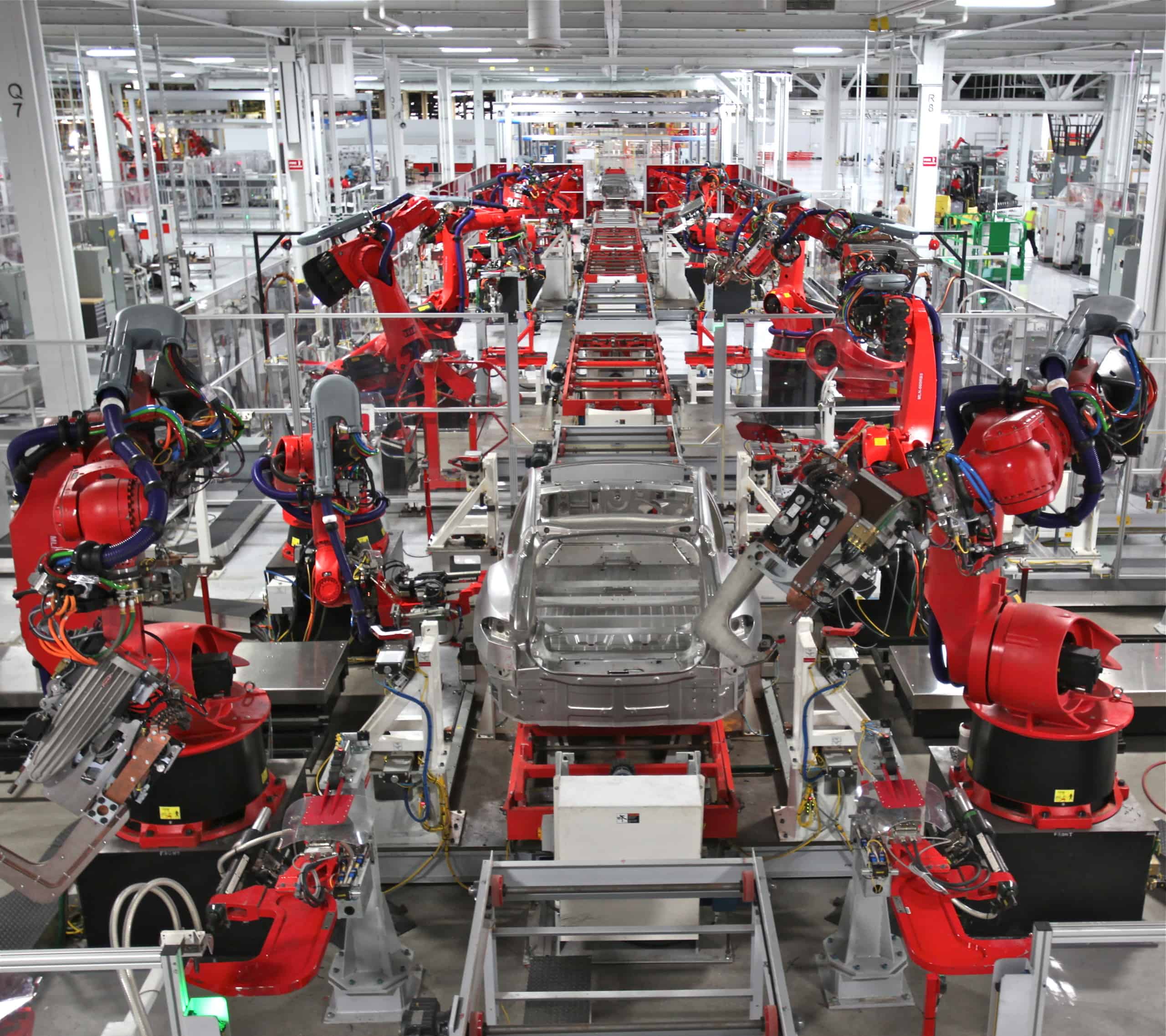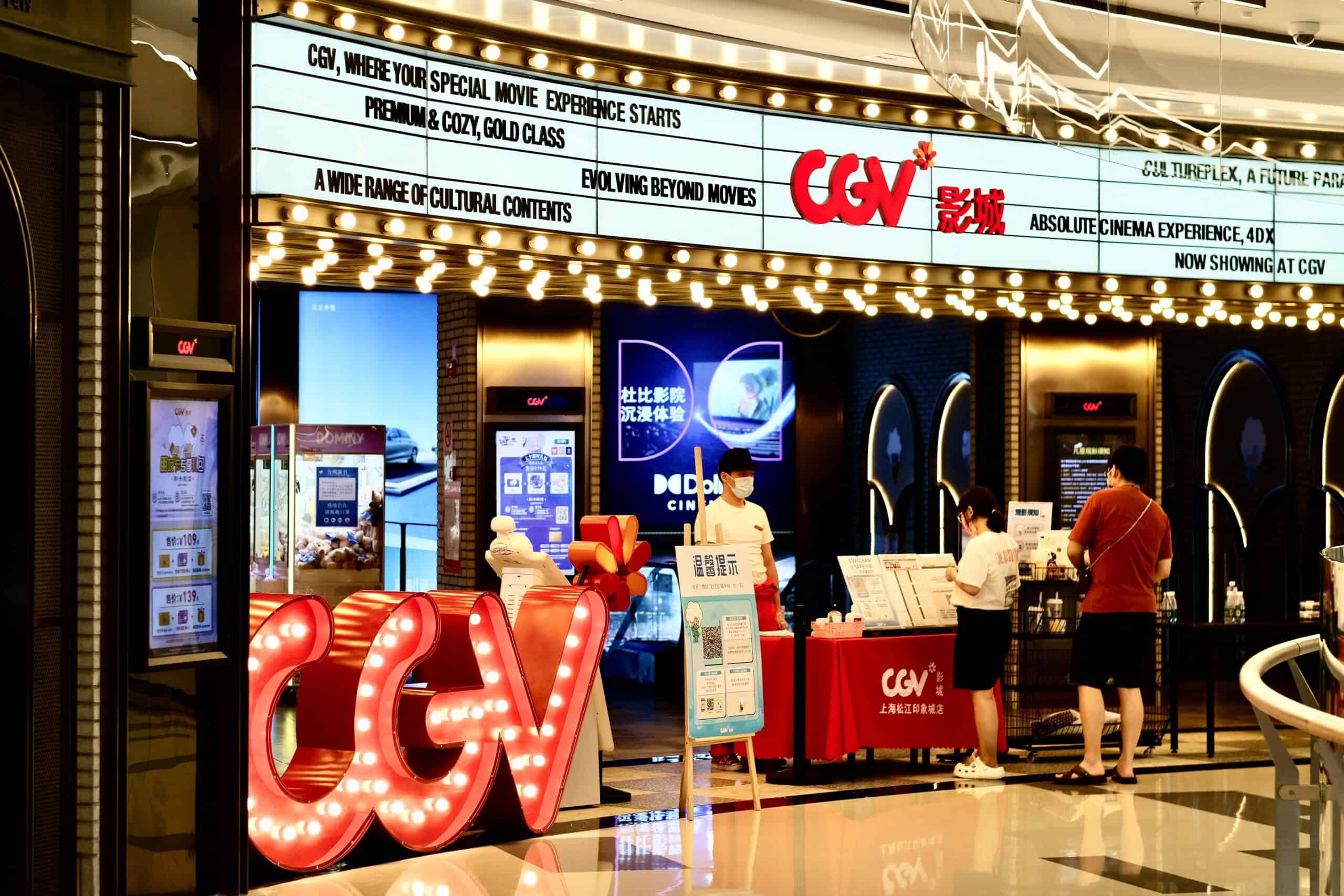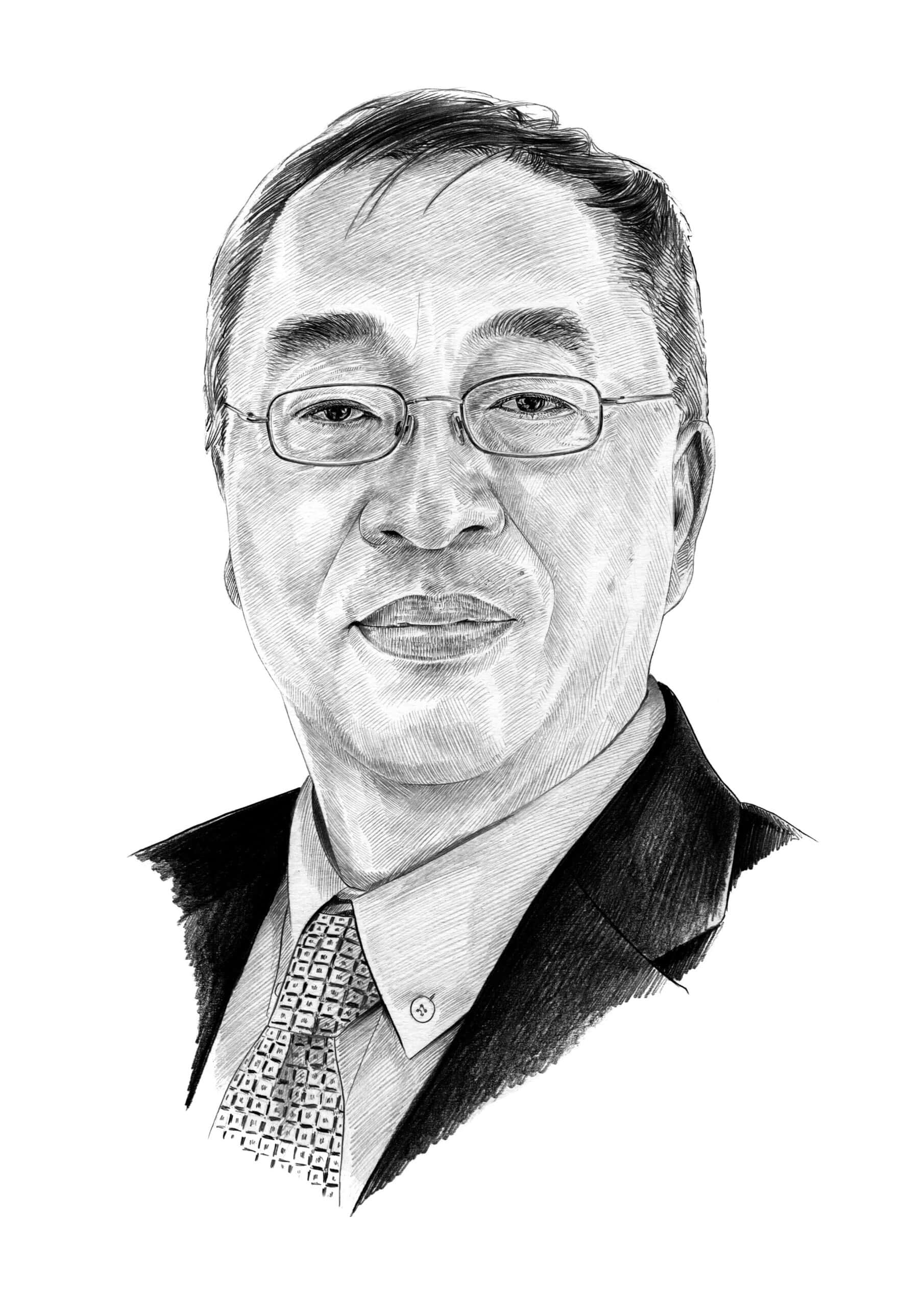
Credit: Steve Jurvetson, Creative Commons
The world’s carmakers are maneuvering toward an electric future, but China’s grip on the precious minerals vital to the new vehicles may spark another revolution: a race to retrieve and recycle batteries.
General Motors announced in January that it plans a major switch to electric vehicles, in a bid to compete with Tesla, the world’s most valuable car company, as well as Nio, a Chinese EV startup whose stock market value is now equal to GM. All want the best technology to persuade consumers to trade in their gas powered automobiles, but automakers will also have to figure out how to keep their climate-conscious models moving.
China now controls much of the supply chain for cobalt, a critical element for the most powerful electric vehicle batteries. It also dominates the supply of lithium and nickel, metals used in a variety of batteries. China has hinted that it could move to restrict the export of key elements, like the rare earths crucial to the defense sector, creating concerns among global business executives and policymakers that batteries and the raw materials used to build them could also be vulnerable. The only way around China may be to rummage through the trash at home — in an industrial-sized way — to wrest still-usable metals from worn-out batteries.
On Wednesday, President Biden specifically recognized high-capacity battery development as a key risk in an executive order for a review, within 100 days, of the “resilient, diverse and secure supply chains” needed to “revitalize and rebuild domestic manufacturing capacity, maintain America’s competitive edge in research and development, and create well-paying jobs.” The order covered a range of possible vulnerabilities; the energy and defense departments were tasked to examine EV battery demands.
“Every country wants to have its energy security,” says Jeffrey Spangenberger, director of the ReCell Center, a U.S. Department of Energy initiative to improve battery recycling technology. “So, it’s every country’s goal to take advantage of the resources it has. Recycling gives the U.S. an opportunity to get those materials that we don’t produce too much of right now.”
EV batteries are large, typically the size of a car’s chassis, and they still hold valuable reserves even when they can no longer support highway speeds. While few EV batteries are ready to be recycled today, the need for recycling will soon skyrocket: experts estimate the number of EVs retired from the road will multiply by a factor of 100 in 15 years. Recycling the scarce metals from old batteries may be a way to keep electrification on track.
“The growth of electrification is definitely going to put a strain on the material supply of cobalt, nickel, lithium,” says Kunal Phalpher, chief commercial officer of Li-Cycle Corp., a lithium-ion battery recycling startup based near Toronto. “Three to five years out, those three materials are going to be in short supply. We’re building towards an electric future, and we’re going to need the raw materials.”

Source: U.S. Geological Survey Mineral Commodity Summaries
Scientists are trying to design batteries that are not reliant on metals like cobalt, but they have not yet made a breakthrough. None are expected on the market in the next decade. That means recycling the existing metals could be crucial to building new EV batteries.
In the United States, there are few companies that have pursued battery recycling, and a comparison with China is sobering. According to Circular Energy Storage, a battery recycling consultancy based in London, the U.S. provides less than three percent of the world’s lithium-ion battery recycling capacity. China accounts for 84 percent.
It’s no mystery why China has become the industry’s undisputed leader. The Chinese government identified EVs as a critical industry that the country should lead in as early as 2009 and invested heavily in fostering a supply chain. Recycling was planned as part of that ecosystem.
“In Europe and America, it has been more of a waste issue. We ask ourselves, how can we get rid of this in a responsible way? In China, it’s a production issue: how can we get the materials?” says Hans Eric Melin, the founder of Circular Energy Storage. China has been plotting a path for electric cars for a long time, he adds, and has advanced the industry.
“We wouldn’t have come this far in electrification if not for China,” he says. “And what they’ve done for recycling has been brilliant.”
Consider Guangdong Brunp, the recycling unit of battery maker CATL, which grew with significant state support and produces batteries for EV brands including Nio and Tesla. The company has a recycling facility so large that it can process more lithium-ion batteries than all the plants in the U.S. combined. Other Chinese companies that recycle are embedded within massive conglomerates that focus on manufacturing or mining.
“What you have in the West are a hell of a lot of big automakers with stranded assets in combustion engine manufacturing that are struggling to adapt,” says Gavin Harper, a research fellow at the Faraday Institution, an independent battery research group in Britain that involves dozens of universities and businesses.
A few entrepreneurs have launched ventures in the United States to recycle EV batteries and so-called legacy recyclers — companies experienced with smaller battery recovery — are exploring how to scale up, even if the market is still years away. A stream of spent batteries are expected to flood the market by the end of the decade, analysts say.
In Europe and America, it has been more of a waste issue. We ask ourselves, how can we get rid of this in a responsible way? In China, it’s a production issue: how can we get the materials?
Hans Eric Melin, the founder of Circular Energy Storage
Unlike China or Europe, the U.S. has no national policy for EV battery recycling and no programs to encourage startups for processing. But the federal government has funded battery recycling research through the ReCell Center, a Department of Energy initiative launched in 2019. “A used battery is a really valuable resource and if you process it you can make a profit,” says Linda Gaines, the program’s chief scientist. “But there’s a very large amount of capital investment that would be required.”
“The question is: who can get that much money together?” she says.
Robert Kang, an American entrepreneur, has been searching for investors since 2017 to back his hopes to build a lithium-ion battery recycling plant on the east coast. He recently testified before a congressional committee on the poor state of recycling startups in the U.S.
“The electrification of all things is happening, whether we like it or not,” says Kang. “Controlling the supply chain for raw materials — that’s a strategic move. China saw that decades ago. We have the opportunity to jump in, but it will take some doing.”
In 2017, Tesla co-founder J.B. Straubel founded Redwood Materials Inc., a recycling startup in Carson City, Nev., and received financial backing from Bill Gates’ Breakthrough Energy Ventures, a six-year-old coalition. It plans to ramp up capacity “aggressively” to ready for the tidal wave of spent EV batteries on the horizon, spokesperson Alexis Georgeson told The Wire. So does Li-Cycle, based in Canada, which is building its first U.S. plant in Rochester, N.Y. And Retriev Technologies, a major Ohio-based battery recycler, is prepping for an EV battery boom by keeping land open for development at its Lancaster, Ohio facility, and in British Columbia. The company has been recycling lithium batteries since the 1980s.
They all face an industrial riddle, though. Recyclers will only be able to feed minerals like cobalt into a domestic supply chain if there are EV battery manufacturers at home. Right now, only a few foreign manufacturers have set up facilities in the U.S. Panasonic makes batteries for Tesla at it’s“gigafactory” outside Reno, Nev., and LG Chem builds batteries for GM in Lordstown, Ohio.
And then there are environmental concerns that could create roadblocks: recycling metals emits pollution. Just last year, community concerns over the potential environmental impact of recycling the metals prevented an affiliate of South Korean recycling powerhouse SungEel HiMetal from building a processing facility in Endicott, N. Y.
Still, there are bright spots. While the industry is not one that usually generates much chatter, Todd Coy, a vice president of Retriev Technologies’ parent company KBI, says he senses some momentum behind the U.S. interest in a domestic EV supply chain — and for the jobs that could come with it.
“There’s a lot of interest in this, especially when we look at the supply chain and the sourcing of cobalt,” he says. “Lithium-ion battery recycling is sexy. It’s the only time that battery recycling has ever been sexy.”
The appeal seems clear in a decade in which climate change worries are intensifying. Still, Nathan Niese, who analyzes electrification possibilities at the Boston Consulting Group, has said the U.S. must move quickly. “If we don’t have an emerging answer by 2025, I’m concerned,” he says.
If the U.S. doesn’t have a plan by then — to increase capacity to a level that would be conducive to meeting domestic needs — experts worry any potential for an EV recycling market will wither. The most likely scenario is worn batteries will be exported to other countries and very well might re-enter China’s EV ecosystem.
Chinese companies with strong recycling arms are expanding across the globe; CATL is moving into Indonesia and Germany, and GEM is in South Africa. And Ganfeng Lithium has announced to build a battery recycling facility in Sonora, Mexico, where, the company’s chief executive told the Financial Times, his company could recycle used Tesla batteries.
And for the foreseeable future, companies like GL will be crucial to America’s EV industry. The Chinese miner-cum-recycler already supplies Tesla and LG Chem with lithium.

Eli Binder is a New York-based staff writer for The Wire. He previously worked at The Wall Street Journal, in Hong Kong and Singapore, as an Overseas Press Club Foundation fellow. @ebinder21



